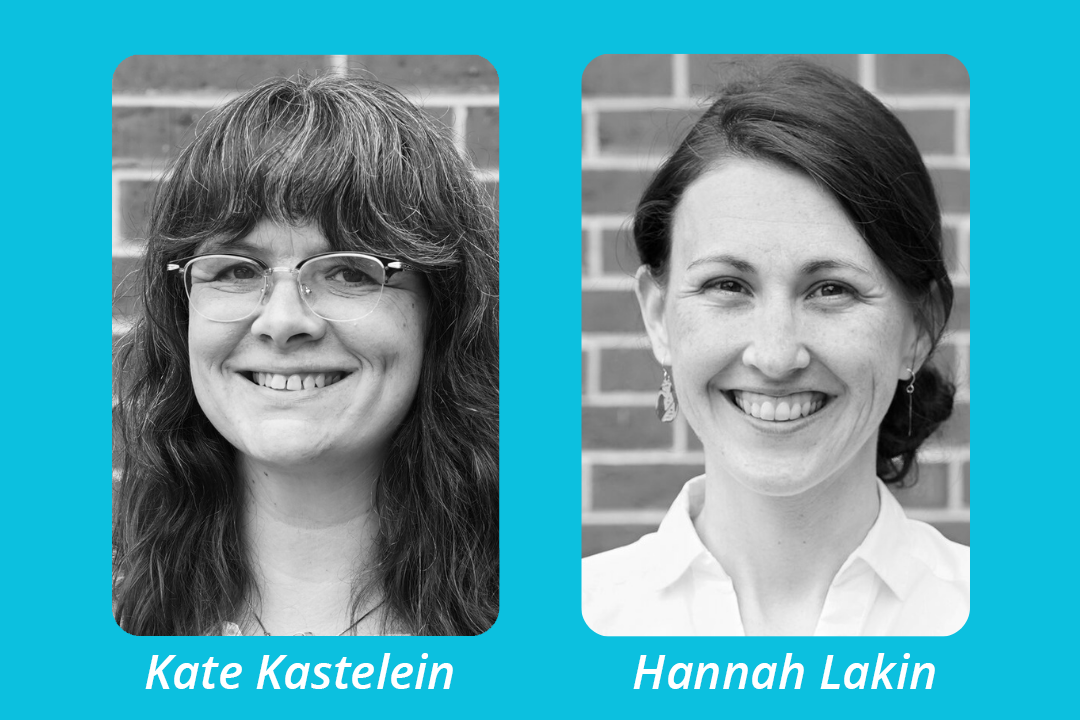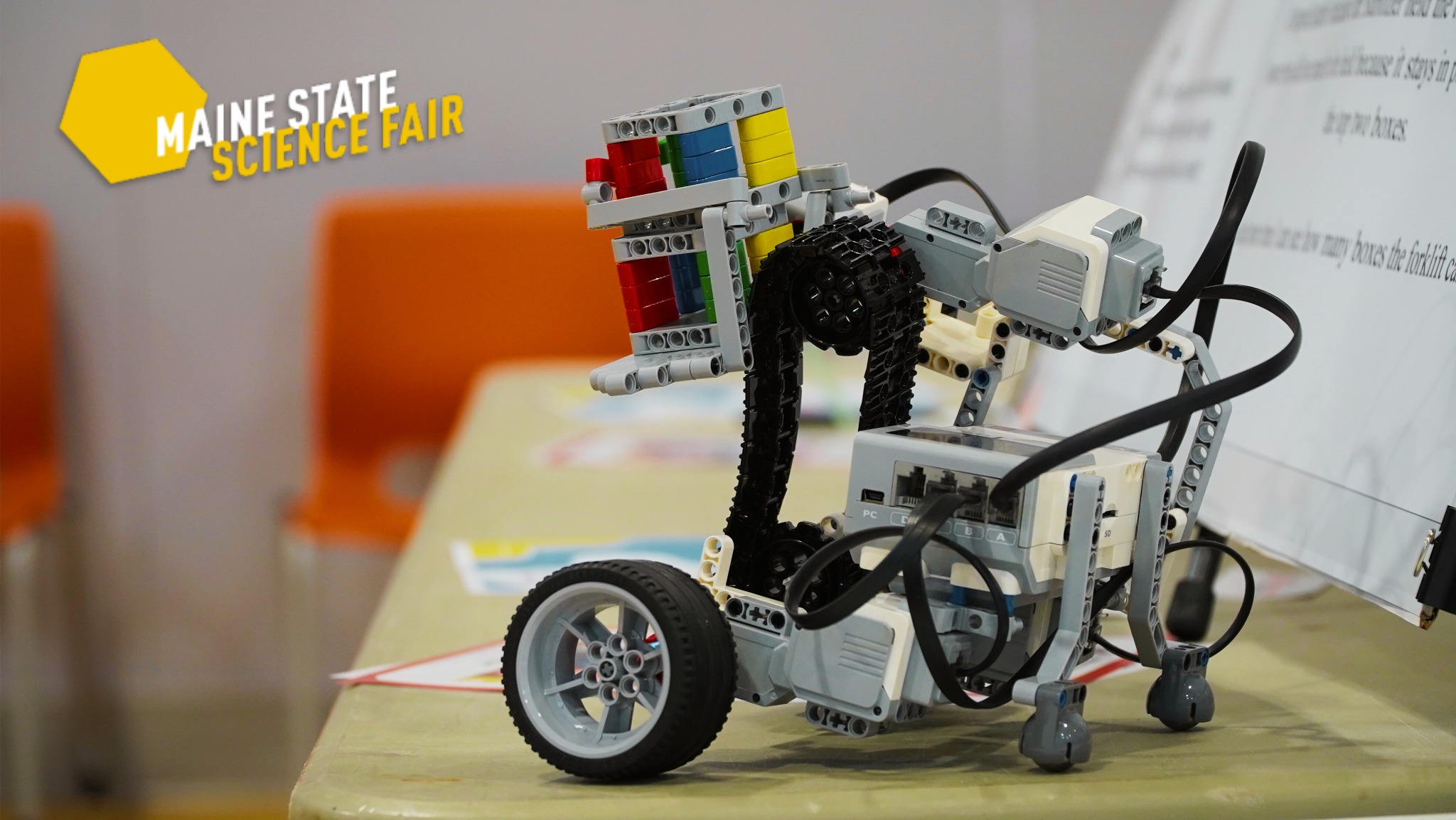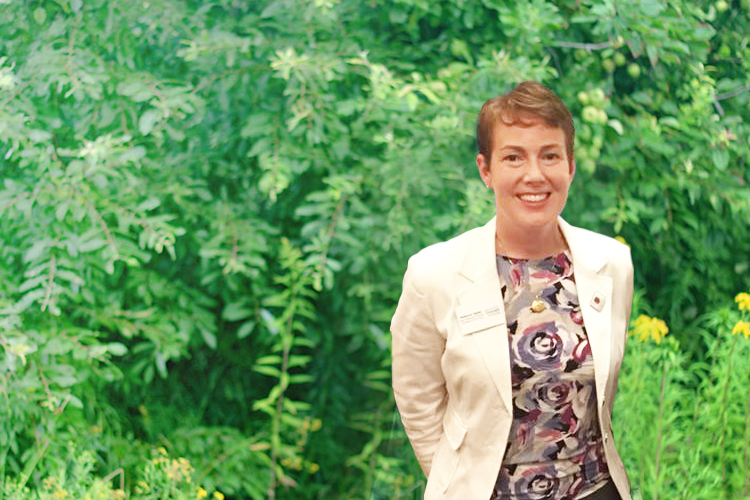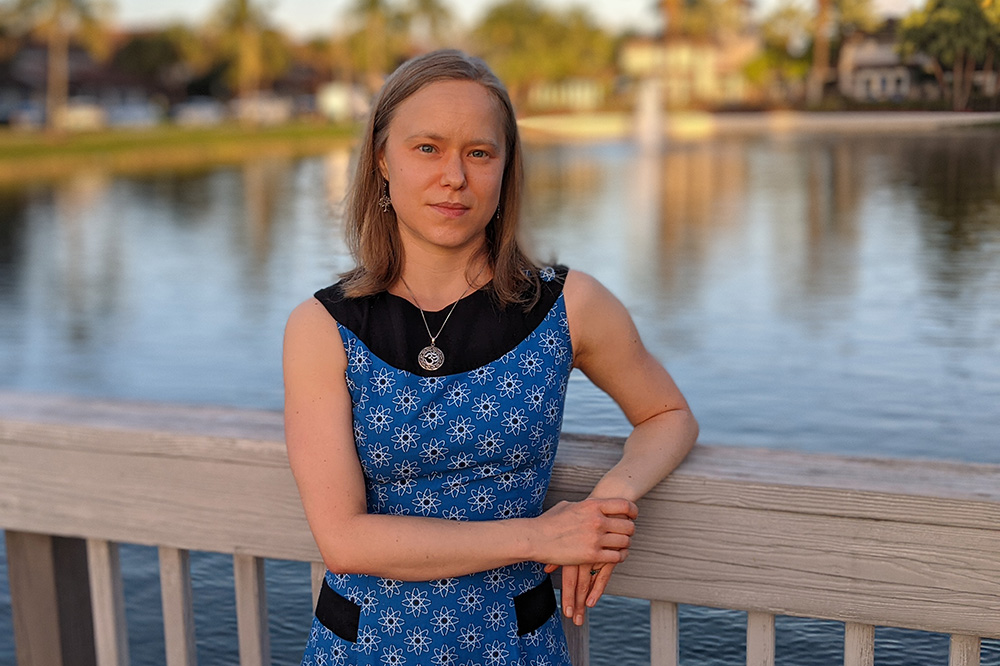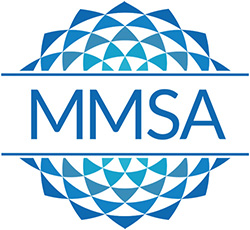STEM Specialist Hannah Lakin and researcher Kate Kastelein presented lessons learned from their work on ACRES, which facilitates STEM facilitation professional development for out-of-school educators nationwide. Specifically, their presentation in association with The Association for Science Teacher Education (ASTE) on September 25, 2024, focused on how to provide inclusive and useful feedback to educators on a variety of different artifacts of practice. Let’s unpack that some more.
What’s an artifact?
An artifact in this context is something an educator provides to a coach or peers as an example of their practice. An artifact could include videos, audio recordings, or documents like lesson plans. Artifacts are used to enable someone to experience a teacher’s teaching without needing to observe it in real time. The different types of artifacts can present both challenges and opportunities in providing feedback
Challenges and Opportunities
In their presentation, Hannah and Kate outline how to provide feedback on artifacts considering the challenges and opportunities inherent in each type. For example, in a video clip of an educator and a group of youth working on an activity, peers can give feedback on what they see as well as what they hear, however, peers might be distracted by what is going on in the classroom and need some nudging to focus on a specific facilitation strategy.
Feedback Resource Booklet
As a companion to their presentation, Kate and Hannah are sharing a resource booklet that enables teachers to easily find ways to provide feedback on common artifact types. This guide includes both a quick reference chart as well as detailed case examples for video and audio artifacts, lesson plans, and activity brainstorms.


